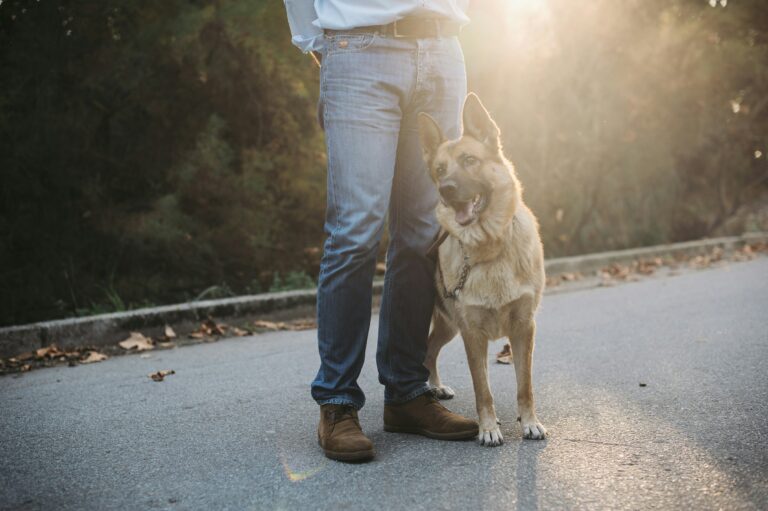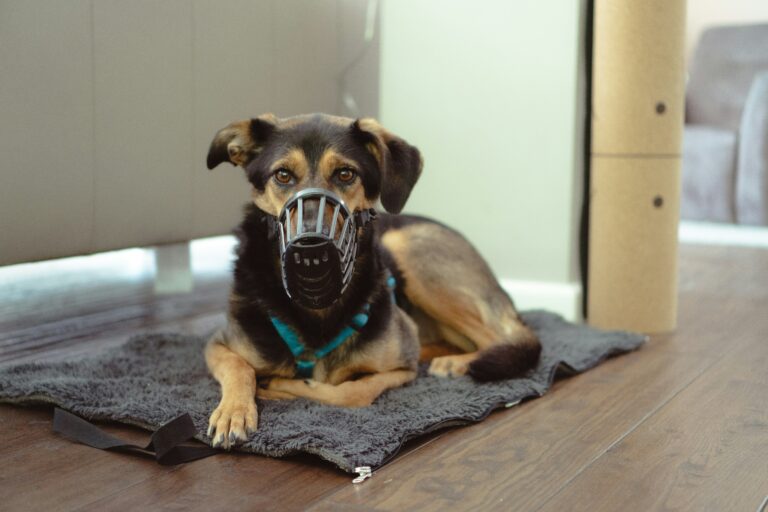Understanding Canine Behavior: Navigating Aggression and Reactivity in Dogs
Understanding Canine Behavior: Navigating Aggression and Reactivity in Dogs
Understanding canine behavior: Navigating Aggression and Reactivity- Exploring the causes, signs, triggers, training techniques, and the importance of seeking professional help for managing these behaviors in dogs.
Understanding Aggression and Reactivity in Dogs
Understanding canine behavior: Navigating Aggression and Reactivity- Aggression in dogs can stem from various causes such as fear, frustration, or resource guarding. For example, fear is the most common cause of aggression and can lead to fight or flight behaviors. Dogs may also exhibit aggression when they feel the need to protect their territory, resources, or family members. This can include behaviors like snarling, growling, snapping, biting, barking, and lunging, which are all signs of aggressive behavior. Understanding these key signs is essential for dog owners to recognize and address aggression in their pets.
Reactivity, on the other hand, is often a response to a perceived threat, leading to an exaggerated reaction to a stimulus. Dogs displaying reactivity may exhibit behaviors such as barking and lunging, especially when encountering triggers like other dogs, strangers, or unfamiliar environments. It is crucial for dog owners to differentiate between aggression and reactivity, as they require different management and training approaches. By understanding the distinct behaviors and their triggers, pet owners can tailor their training methods to address the specific needs of their dogs, promoting a harmonious relationship and ensuring the well-being of their pets.
Signs and Triggers of Aggression and Reactivity
When it comes to aggression in dogs, it’s important for pet owners to be aware of the common signs that may indicate aggressive behavior. These signs include snarling, growling, snapping, biting, barking, and lunging, which can be directed toward people, other animals, or even
inanimate objects. Aggression can stem from various triggers, such as genetics, lack of socialization, frightening experiences, and physical discomfort. For instance, a dog may display aggressive behavior due to a lack of exposure to different environments and social
situations, leading to heightened fear responses in unfamiliar settings. This lack of socialization can result in a dog feeling threatened by new people or other animals, triggering aggressive behaviors as a defense mechanism.
It’s also crucial to consider a dog’s environment, health, and recent stressful events as potential triggers for reactive or aggressive behavior. Changes in a dog’s living environment, such as moving to a new home or being introduced to a new family member, can cause stress and anxiety, which may manifest as reactive or aggressive behaviors. Additionally, underlying health issues, such as pain or discomfort, can lead to aggression as a way for the dog to communicate their distress. For example, a dog experiencing joint pain may become aggressive when approached or touched, as a response to the discomfort they are feeling. By recognizing these triggers and understanding the impact of a dog’s environment and health on their behavior, pet owners can take proactive steps to address and manage aggression and reactivity in their canine companions.
Training Techniques to Address Aggression and Reactivity
When addressing aggression and reactivity in dogs, it’s essential to employ effective training techniques that cater to the specific needs of each individual dog. One approach involves redirecting dogs away from triggers using high value reinforcers, such as treats or toys, to shift their focus from the source of their aggression or reactivity. For instance, if a dog displays aggression due to resource guarding, a training technique could involve using positive reinforcement to teach the dog to willingly give up the guarded resource in exchange for a high value treat, gradually reducing their possessive behavior.
Recognizing the early signs of arousal in dogs is another crucial aspect of addressing aggression and reactivity. By identifying subtle cues that indicate an impending aggressive or reactive response, such as stiffening of the body, dilated pupils, or raised hackles, dog owners and trainers can intervene proactively to redirect the dog’s attention and prevent an escalation of the behavior. This proactive approach can contribute to a more positive training experience and help the dog learn alternative, non-aggressive responses to triggers.
Furthermore, understanding the underlying cause of a dog’s aggressive or reactive behavior is paramount in developing an effective training plan. For example, if a dog’s aggression is rooted in fear, the training approach would focus on desensitization and counter-conditioning to gradually change the dog’s emotional response to the fear-inducing stimuli. By tailoring the training plan to address the specific trigger and the dog’s individual temperament, it becomes possible to effectively manage and modify the behavior, leading to a happier and more well-adjusted canine companion.
 Seeking Professional Help for Aggressive or Reactive Dogs
Seeking Professional Help for Aggressive or Reactive Dogs
Seeking professional help, like http://30aDogTrainers.com, is crucial when dealing with aggressive or reactive dogs. Behavior consultants and veterinarians play a pivotal role in assessing the behavior of the dog and providing tailored guidance to address the underlying issues. For instance, a behavior consultant can conduct a thorough evaluation of the dog’s triggers, responses, and environmental factors to create a personalized behavior modification plan. In addition, discussing the dog’s behavior with a vet can help rule out any underlying medical conditions that might contribute to the aggressive or reactive tendencies, ensuring a holistic approach to the dog’s well-being.
Moreover, dog owners can benefit from a range of resources and support services designed to assist in managing these challenging behaviors. Behavior helplines can offer expert advice and guidance to address specific concerns related to aggression or reactivity, providing dog owners with strategies to create a safe and supportive environment for their pets. Additionally, free reactivity seminars and private training sessions can equip owners with practical skills and techniques to address their dog’s behavior effectively. These resources not only empower owners but also contribute to the overall well-being and happiness of the dogs by fostering a deeper understanding of their needs and behavior. Early intervention and management are essential to prevent these behaviors from escalating, ultimately creating a positive and harmonious relationship between the dog and its owners.
Understanding Canine Body Language
Canine body language is a complex and intricate form of communication that dogs use to express their emotions and reactions to various situations. For example, a dog showing signs of aggression may exhibit a stiff body posture, raised hackles, and a fixed gaze, while a reactive dog might display tense body language, barking, or lunging in response to a trigger. By observing and understanding these cues, dog owners can proactively address their pet’s emotional state, potentially preventing aggressive or reactive behaviors from escalating.
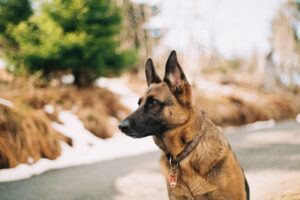
Conclusion
In conclusion, understanding the distinction between aggression and reactivity in dogs is crucial for promoting their overall well-being. Early recognition of the signs and triggers of these behaviors, as well as implementing appropriate training techniques, can significantly impact a dog’s quality of life. Moreover, seeking professional help and developing a comprehensive understanding of canine body language are fundamental in addressing these behavioral issues.
For instance, when it comes to recognizing the signs of aggression, it’s important to be aware of behaviors such as snarling, growling, snapping, biting, barking, and lunging, which may indicate an underlying issue that needs to be addressed. On the other hand, understanding reactivity involves recognizing exaggerated responses to various stimuli, often accompanied by behaviors like barking and lunging. By being able to differentiate between these signs, dog owners can take appropriate steps to manage and address these behaviors effectively.
In addition, the utilization of high value reinforcers to redirect dogs away from triggers, along with the early recognition of arousal signals in dogs, are valuable components of a successful training plan. Furthermore, seeking professional assistance from behavior consultants and veterinarians, as well as taking advantage of resources such as behavior helplines and training sessions, can provide dog owners with the necessary support and guidance to address aggression and reactivity in their pets.
Ultimately, by emphasizing the importance of early recognition, appropriate training, and seeking professional assistance, dog owners can play a pivotal role in ensuring a harmonious and stress-free life for their beloved canine companions.

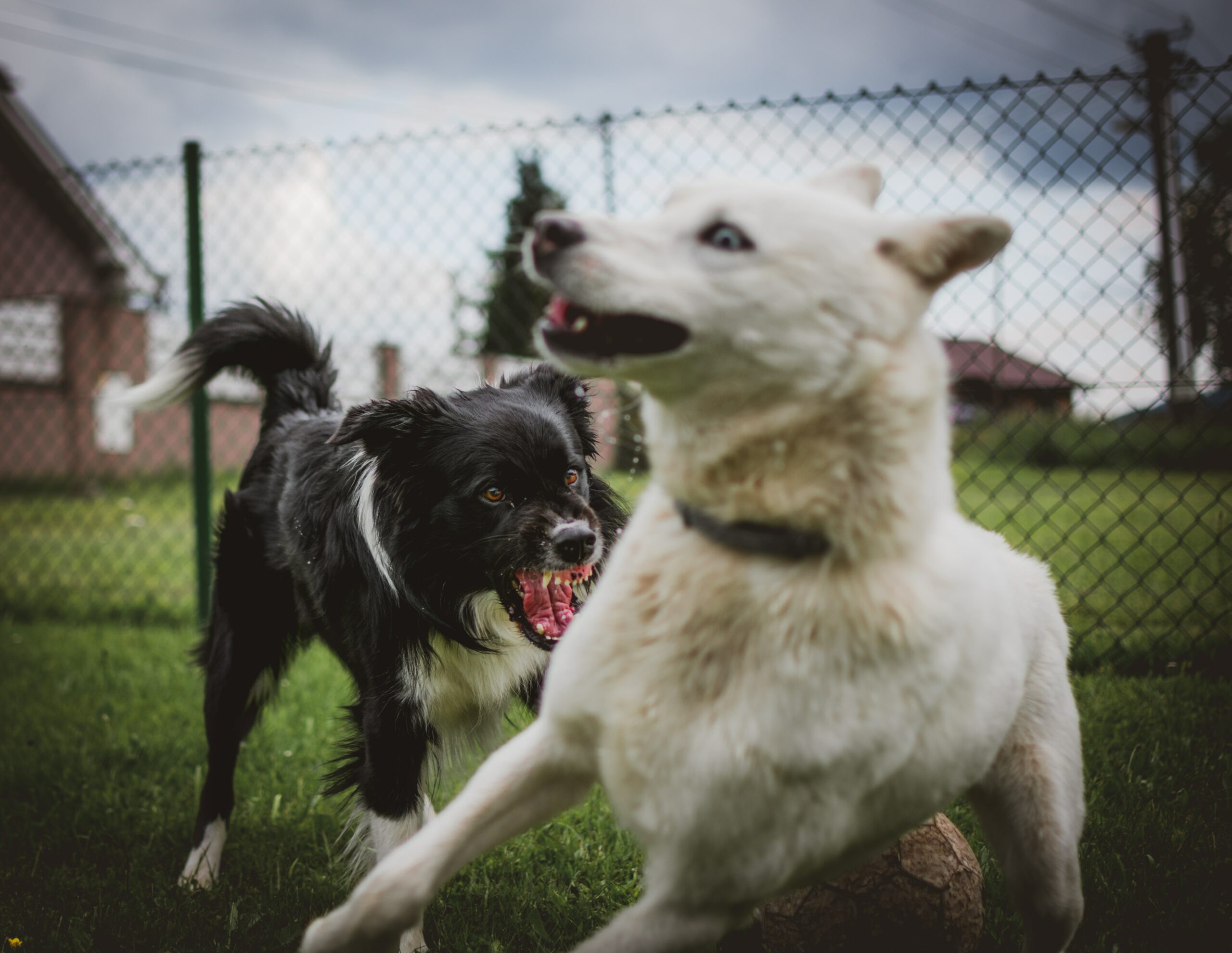
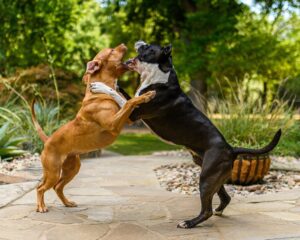

 Seeking Professional Help for Aggressive or Reactive Dogs
Seeking Professional Help for Aggressive or Reactive Dogs
